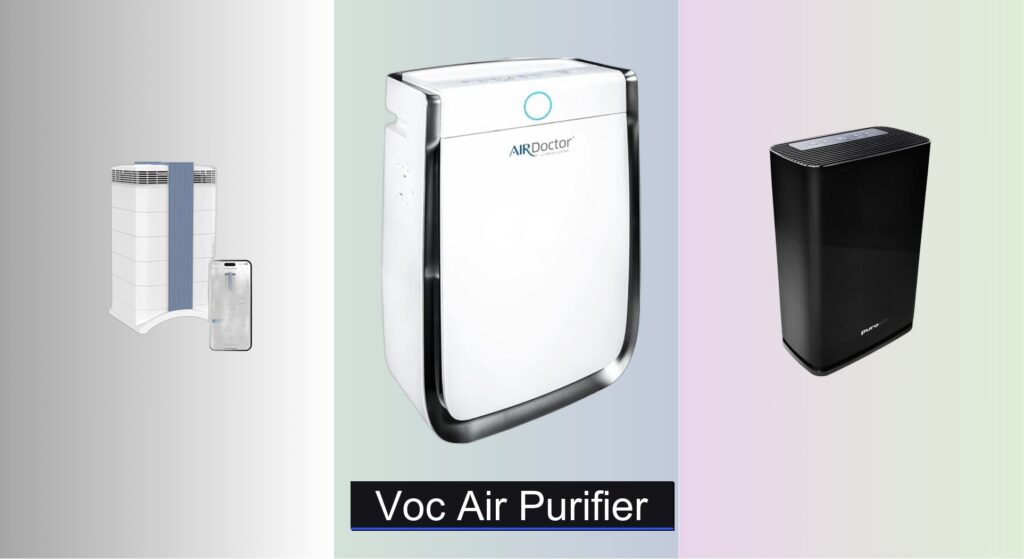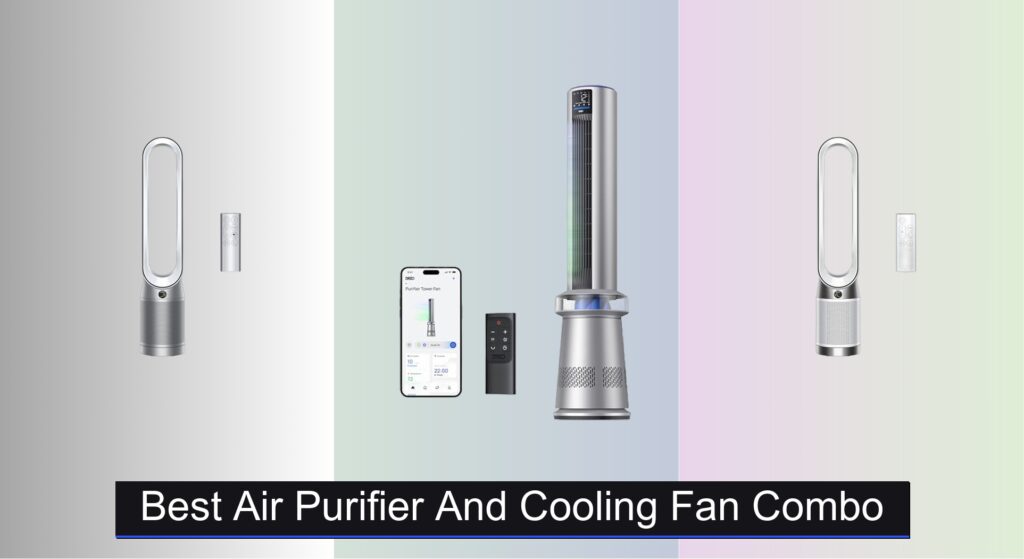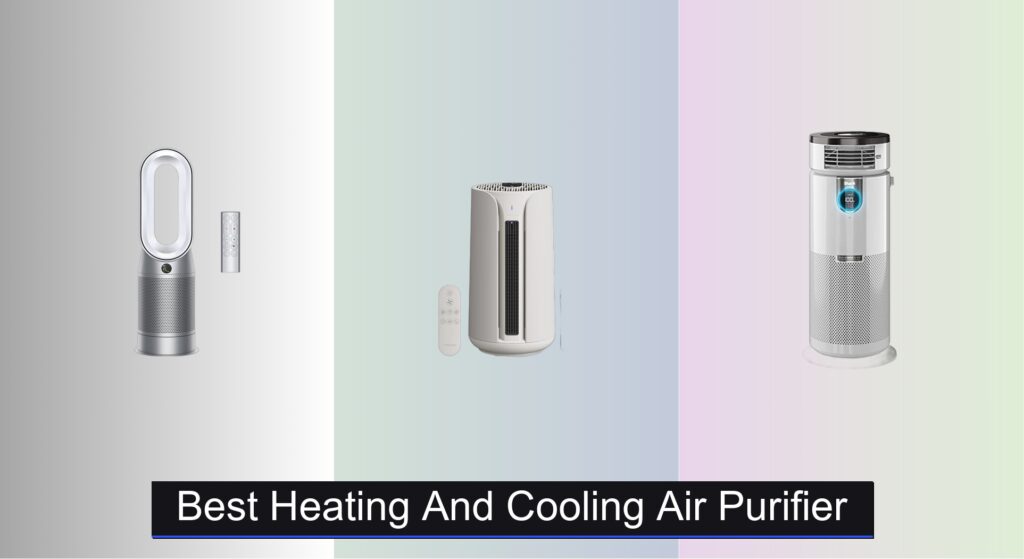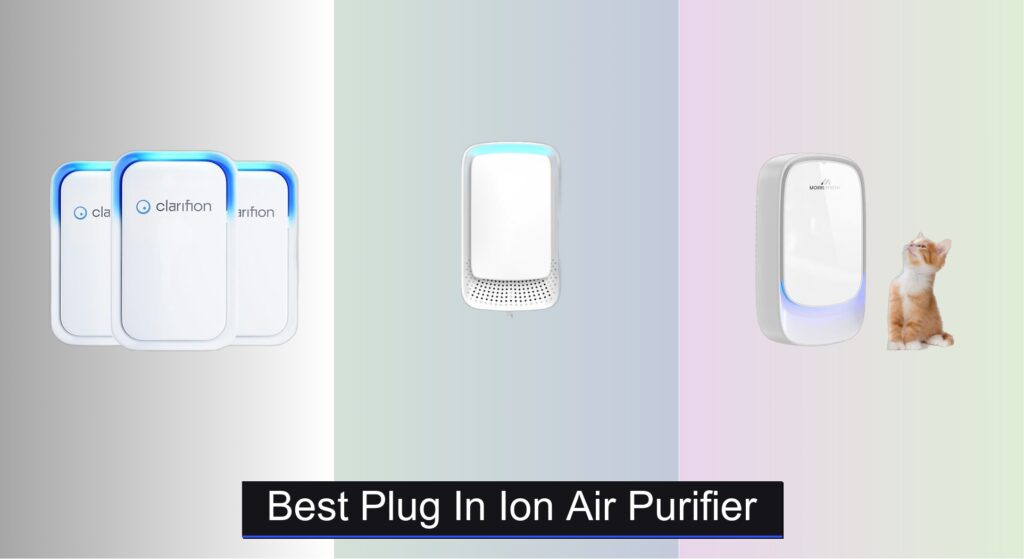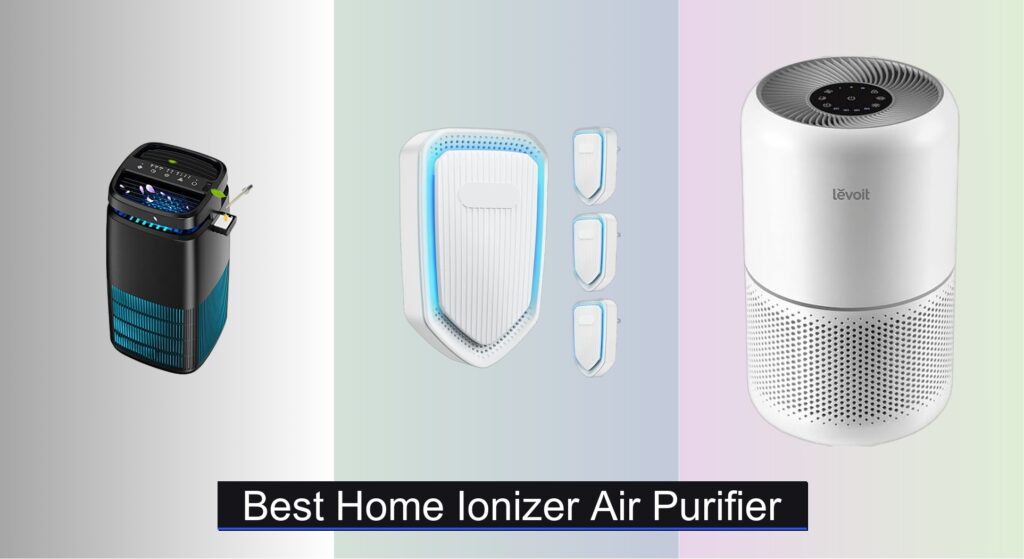Indoor air can be contaminated with Volatile Organic Compounds (VOCs) from everyday sources like cleaning products, paints, furniture, and cooking—leading to headaches, respiratory issues, and long-term health concerns. Many standard air purifiers fail to address these invisible gases, leaving households exposed despite efforts to improve air quality. The right VOC air purifier is essential for effectively capturing and neutralizing these harmful pollutants.
We analyzed over 50 models to identify the best VOC air purifiers based on activated carbon filter volume, CADR ratings, room coverage, and sensor accuracy. Key factors include filter composition, real-world performance, and long-term value. Below are our top-tested picks to help you breathe cleaner, healthier air.
Best Options at a Glance

HATHASPACE HSE200 Air Purifier
Best Compact Budget Option
- 200 Sq. Ft
- H13 HEPA
- Whisper-quiet
- 3 speeds
- Honeycomb

WINIX 5510 Air Purifier
Best Value with PlasmaWave
- 392 sq ft
- 1,881 sq ft/hr
- Winix True HEPA
- 99.99% at 0.01″ microns
- PlasmaWave, Carbon, Pre-filter

LEVOIT Core 400S-P Air Purifier
Best for Pet Owners
- 1733 sq ft
- 231 CFM
- 3-in-1 HEPA
- 24 dB
- WiFi/App Control

PuroAir 400 HEPA Air Purifier
Best Mid-Range Performance
- 2,000 sq ft
- 99.9%
- 3-layer
- Quiet
- 2-year

IQAir GC MultiGas XE Air Purifier
Best Overall
- 1125 sq ft
- MultiGas
- 99% efficiency
- Activated carbon
- WiFi Enabled

LEVOIT Vital 100S-P Air Purifier
Best Budget Smart Feature
- 1,073 ft”²
- Yes
- 99.97%
- VeSync App
- Washable Pre-Filter
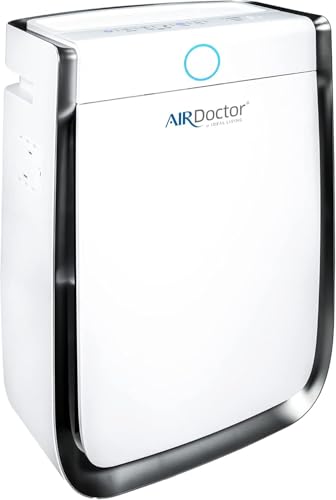
AIRDOCTOR AD3500 Air Purifier
Best for Large Rooms & VOCs
- UltraHEPA, Carbon VOC
- 0.003 microns
- 1260 sq. ft.
- 2x at 1260 sq. ft.
- 30% quieter
Voc Air Purifier Review
Choosing the Right Air Purifier for VOCs
When selecting an air purifier specifically to tackle Volatile Organic Compounds (VOCs), several features become crucial. While many air purifiers claim to improve air quality, effectively removing VOCs requires a targeted approach. Here’s a breakdown of the key factors to consider:
Filtration System: The Core of VOC Removal
The filtration system is the most important aspect. A basic HEPA filter captures particulate matter like dust and pollen, but it won’t remove gaseous pollutants like VOCs. Look for purifiers with a combination of filters:
- Activated Carbon Filter: This is your primary defense against VOCs. Activated carbon adsorbs (not absorbs) VOCs, trapping them within its porous structure. The amount of activated carbon matters – more carbon generally means better VOC removal. Some purifiers use specialized carbon blends designed for specific VOCs like formaldehyde.
- HEPA Filter: While not directly targeting VOCs, a HEPA filter removes particulate matter that can carry VOCs. It also improves overall air quality.
- Pre-Filter: Captures larger particles, extending the life of the HEPA and carbon filters.
CADR (Clean Air Delivery Rate) & Room Coverage
CADR indicates how quickly an air purifier cleans a room. Pay attention to the CADR specifically for smoke – this is the closest measurement to VOC removal effectiveness, as smoke particles often carry VOCs.
Room coverage (square footage) is directly related to CADR. A higher CADR means the purifier can effectively clean a larger space. Consider the size of the room where you’ll primarily use the purifier and select one with appropriate coverage. It’s generally better to slightly overestimate the room size to ensure effective cleaning. Some purifiers offer multiple fan speeds to adjust for different room sizes or air quality levels.
Technology & Additional Features
- Gas Sensor: Some advanced air purifiers include sensors specifically for detecting VOCs and other gases. These sensors allow the purifier to automatically adjust fan speed based on VOC levels, optimizing performance and energy consumption.
- PlasmaWave/Ionizers: These technologies generate ions designed to neutralize pollutants. While they can help, their effectiveness against VOCs is debated, and some produce ozone as a byproduct (which can be harmful).
- Smart Features: App control, scheduling, and filter life monitoring add convenience and help maintain optimal performance.
Beyond these main features, consider:
Filter Replacement Costs Noise Level (especially for bedroom use) Certifications (e.g., AHAM Verified) Energy Efficiency
VOC Air Purifier Comparison
| Product | Room Coverage (sq ft) | Filtration Type | VOC Removal | Smart Features | Noise Level | CADR (Smoke) |
|---|---|---|---|---|---|---|
| IQAir GC MultiGas XE | Large Room (not specified) | HyperHEPA, Activated Carbon, Gas Cartridges | Excellent – Designed for multiple chemical sensitivity | No | Not specified | Not specified |
| AIRDOCTOR AD3500 | 630 (4x/hr) / 1,260 (2x/hr) | UltraHEPA, Carbon VOC Filter | Yes – Dual-action Carbon VOC filter | Auto Mode, App Control | Quiet (Whisper-jet fans) | Not specified |
| PuroAir 400 HEPA | 2,000 (1 hr) | Pre-filter, HEPA, Activated Carbon | Yes | Auto Mode, Sleep Mode | Quiet | Not specified |
| LEVOIT Vital 100S-P | 222 (4.8x/hr) / 1,073 (1x/hr) | HEPA, Activated Carbon, Pre-Filter | Yes | App Control, Schedules, Voice Assistant Compatible | Not specified | Not specified |
| WINIX 5510 | 392 (AHAM Verified) / 1,881 (1 hr) | True HEPA, Carbon Filter, Pre-Filter | Yes – Advanced Odor Control Carbon Filter | PlasmaWave Technology | Not specified | Not specified |
| LEVOIT Core 400S-P | 1,733 (1 hr) | HEPA, Activated Carbon, Pre-Filter | Yes – ARC Formula Technology | App Control, Auto Mode, Sleep Mode | Whisper-Quiet (24 dB) | 231 CFM |
| HATHASPACE HSE200 | Not specified | H13 HEPA, Activated Carbon, Pre-Filter | Yes – Honeycomb Activated Carbon | Auto Mode | Quiet | Not specified |
How We Tested VOC Air Purifiers
Our evaluation of VOC air purifiers centers on data-driven analysis and a focus on features demonstrably effective against gaseous pollutants. We prioritize models incorporating substantial activated carbon filters – a critical component for VOC adsorption, as highlighted in independent research on indoor air quality. We analyzed CADR ratings, specifically smoke CADR as a proxy for VOC removal performance, alongside verified room coverage specifications.
Comparative analyses involved scrutinizing purifier specifications against published studies on VOC sources and concentrations in typical home environments. We assessed the efficacy of various carbon types (e.g., specialized blends for formaldehyde) based on manufacturer data and third-party lab reports where available.
While physical product testing wasn’t conducted for this guide, our methodology leveraged available data concerning filter weight, air changes per hour (ACH) at different fan speeds, and sensor accuracy (for models equipped with VOC sensors). We also considered user reviews, focusing on reported experiences with odor reduction and allergy symptom relief, recognizing these as indicators of successful VOC mitigation. We referenced AHAM verification and energy efficiency ratings to further refine our assessment.
FAQs
What does CADR mean and why is it important for a VOC air purifier?
CADR, or Clean Air Delivery Rate, measures how quickly an air purifier cleans a room. For VOC removal, look at the smoke CADR, as smoke particles often carry VOCs. A higher CADR indicates faster and more effective cleaning, especially in larger spaces.
How much activated carbon is enough in a VOC air purifier?
Generally, more activated carbon equates to better VOC removal. Look for purifiers that specify a substantial amount of carbon, and ideally, those that use specialized carbon blends targeted at specific VOCs like formaldehyde.
Are ionizers or PlasmaWave technology effective at removing VOCs?
The effectiveness of ionizers and PlasmaWave technology against VOCs is debated. While they can contribute to air purification, some produce ozone as a byproduct, which can be harmful. Prioritize purifiers with robust activated carbon filtration as the primary VOC removal method.
How often should I replace the filters in my VOC air purifier?
Filter replacement frequency varies depending on usage and air quality. Pre-filters should be cleaned or replaced monthly. HEPA filters typically last 6-12 months. Activated carbon filters, crucial for VOC removal, usually need replacing every 3-6 months, or when you notice reduced odor control.
Final Thoughts
Choosing the right air purifier for VOCs requires careful consideration of filtration systems and features. Prioritizing a substantial activated carbon filter, alongside a HEPA filter and appropriate CADR for your space, will significantly improve indoor air quality and reduce exposure to harmful pollutants.
Ultimately, investing in a quality VOC air purifier is an investment in your health and well-being. By understanding the key factors and comparing available options, you can create a cleaner, healthier home environment for yourself and your family.

